Good Night’s Sleep feels impossible. It’s 3:17 AM, your body is stiff, and your mind has been racing since 1:42 AM. In just five hours, you’ll have to drag yourself to work, dreading the moment you might nod off at your desk again.
You are not the only one who has problems falling asleep. I understand what it is like to lie awake, replaying past errors, listing potential problems, and waiting for sleep that never seems to arrive.
As a matter of fact, nearly one-third of American adults occasionally struggle to fall asleep. Long-term insomnia, defined as the inability to fall asleep at least three evenings a week for more than three months, affects 10% of us.
Here are some fresh perspectives on insomnia that may help you feel differently about those restless evenings, regardless of whether you occasionally have a wakeful night or are constantly lying awake.
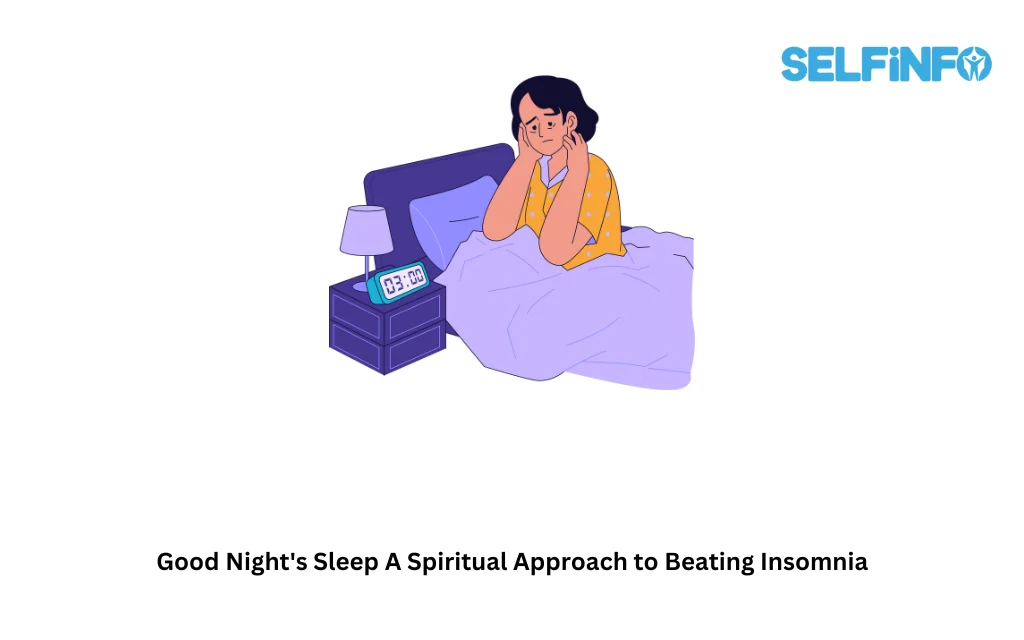
Preparing for Sleep
The following Feng Shei tips can assist you in creating a peaceful haven in your bedroom that promotes restful sleep.
Clean Out the Clutter
Start by clearing out everything that is not helpful or makes you happy from your bedroom. Clear out the mess from all of your drawers, the back of your closet, and beneath your bed. Make your bed and dust the room’s nooks and crannies. Making one’s bed increases one’s chances of having a restful night’s sleep by 20%, according to the National Sleep Foundation.
As many electronics as you can should be turned off or removed. Keep your phone or other personal device as far away from the bed as you can if you decide to have one in the room. Your device’s blue light may prevent your body from producing melatonin, which promotes sleep.
Engage Your Senses
Once your bedroom is tidy and clear of clutter, find methods to use your senses to create a warm and inviting haven.
Start by enveloping yourself in gentle hues. Avoid using black walls or floors and instead concentrate on pastels or earth tones. The overall effect should be tranquil and calming, with the exception of the occasional burst of bright color.
Make sure the head of your bed is against a wall, the bed is easily accessible from both sides, and the bedside tables are the same size and proportion to create balance in the space and help you feel secure while you sleep.
Try using a white noise machine or playing some calming music to help you relax if noise bothers you.
Use perfumed essential oils in a diffuser to stimulate your sense of smell. Jasmine and lavender are excellent for promoting relaxation.
Every piece of clothing that comes into contact with your skin should be cozy and comfortable. The highest quality sheets you can buy should be used. It is time for a new pillow if you have not had one in this century. Your weight should be comfortably supported by your mattress. Replace it if it is over a decade old or sags in the middle.
Creating a cozy, safe haven in your bedroom is a great method to combat sleeplessness.
Getting to Sleep
Acupressure
In order to restore the flow of qi, or life energy, throughout your body, acupressure removes energy blockages. A restful night’s sleep is made possible by this revitalized flow of life force, which also helps your body, mind, and soul feel balanced and at ease.
“The Spirit Gate” is one of the best acupressure spots for insomnia.
Position your right thumb in line with your little finger on the left wrist’s horizontal crease to locate this location. Breathe deeply into your abdomen as you gently press or massage the point for a minute or two. On the opposite hand, repeat.
Continue switching sides until you have a sense of relaxation in both your body and spirit.
Qigong
My favorite method for relieving stress is this one. After a long, difficult day, I frequently use it to relieve physical strain and calm my tense mood. It is titled “Overwhelmed, Lying Down, in the Middle of the Night” and is taken from Master Kam Chuen Lam’s Qigong Workbook for Anxiety.
With your arms by your sides, start by resting on your back in bed. Raise your toes until your feet are at a right angle to your legs and you feel a stretch up the back of your legs, keeping your heels on the bed.
Your palms should face your thighs. Until your wrists start to stretch, clench your hands and curl them inside. Raise your head and examine your toes while you clench your hands as firmly as you can. Take a deep breath and hold it for four counts. Then exhale with a whoosh while simultaneously letting your body relax.
Until you are completely calm and prepared to fall asleep, I advise you to repeat this stance up to six times.
The Sacred Hours
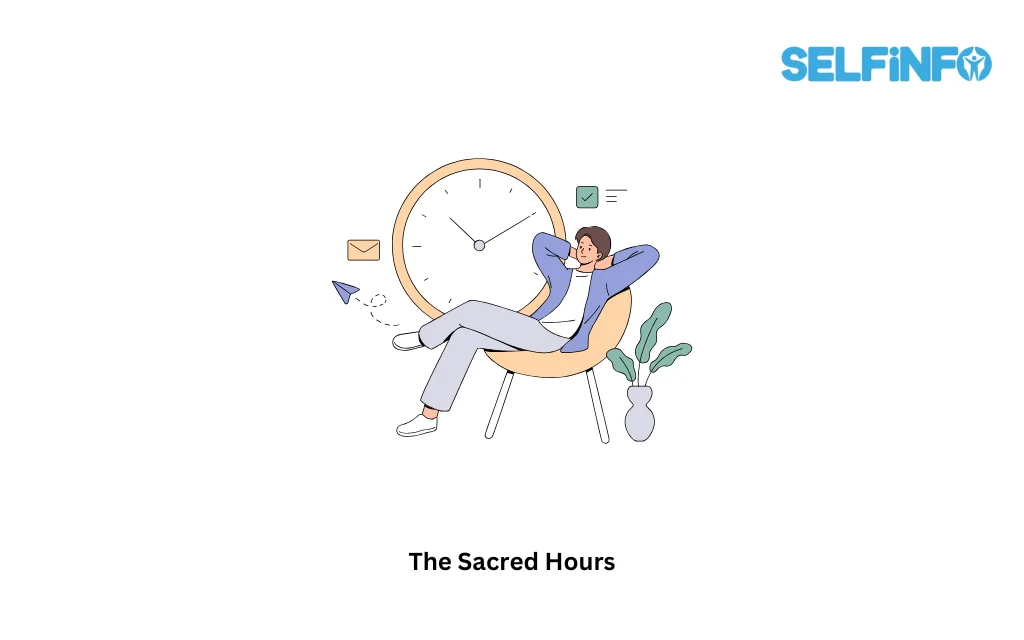
You might have had no trouble falling asleep, but if you are like me, you are up in the middle of the night. And like me, you can spend hours lying awake worrying about the unfinished assignment at work, your sister’s obnoxious comment, or the odd sound your car has been making.
The worst of all is the worry that something is wrong with you and that you will not be able to sleep ever again. Trust me, I am well aware of the vicious cycle in which anxiety causes sleeplessness, which in turn causes greater anxiety.
Finding out that getting up in the middle of the night is a totally natural bodily function was what ended that pattern for me. It may surprise you to learn that people used to sleep in two separate halves until the light bulb gave us artificial light.
Early in the evening, between 7:00 and 8:00 p.m., the first sleep session started. After this initial sleep, there was a brief time of wakefulness in the middle of the night, typically about midnight, and then another slumber through the morning.
People have been using this time to read, pray, reflect, and even visit for thousands of years. According to current research, the period of time in between those sleep portions is a fantastic time for creativity, meditation, and imagination.
I stopped screaming at myself for being awake and attempting to make myself go to sleep after I realized that fragmented sleep was common. Rather, I started to use those awake hours as a chance to examine my surroundings, reevaluate how I take care of myself, and re-establish a connection with my creativity and spirit.
What about you? Does your perspective on your insomnia change when you consider segmented sleep? Is there anything you could do with that time to make your life better?
Here are some strategies I employ that may be useful to you. See which one suits you the best after trying them all.
Meditate
Connecting with your inner spirit during this peaceful period is ideal if you already meditate regularly.
Simply begin observing your breath as it enters and exits your body if you are unable to meditate or find it tough. Concentrate on the word “in” with every breath. Concentrate on the word “out” with every exhalation. Take note of how warm the breath is as you exhale and how cool the air is when you inhale. As you keep breathing, observe how your body gradually becomes more relaxed and continues to delve deeply into an ever-increasing sense of calm.
Listen to a guided meditation CD or app if you find it difficult to meditate on your own.
Think Positive
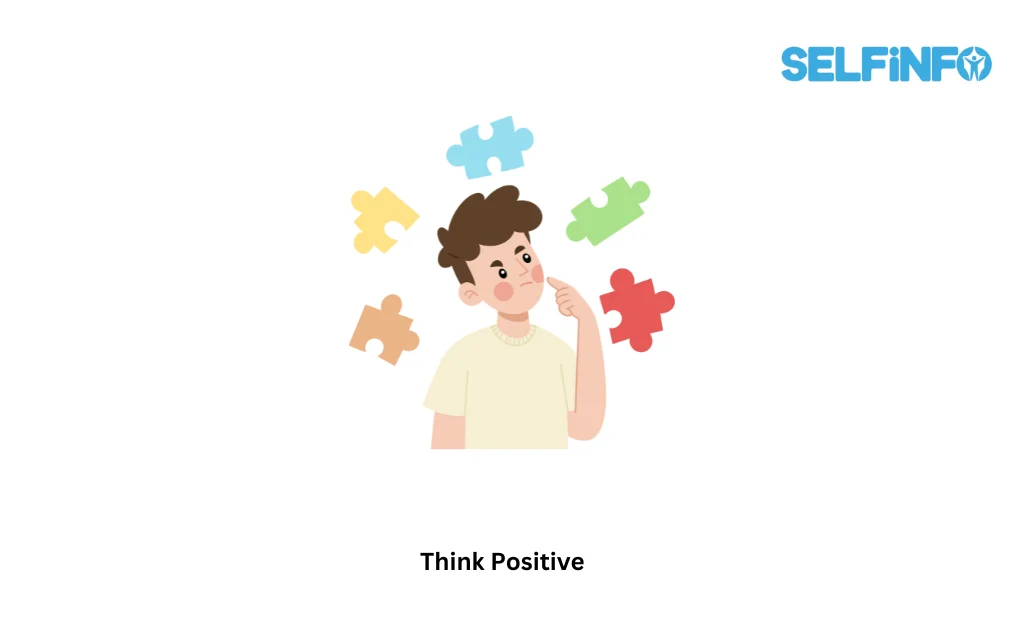
Why not take this opportunity to concentrate on all the things that have gone well rather than rehashing all the errors and blunders you have made in the past?
I use these prompts to get started if I am not sure where to start:
I am happy I made an effort.
I take pride in the fact that I
I am appreciative of
I am glad I have.
I adore spending time with
Thank you.
I enjoyed myself.
I relished it.
Okay, so you might be going through a difficult moment. Perhaps you are having a hard time finding something for which you are thankful because of a recent loss or a challenging situation.
Keep trying. I assure you that there is always something to be thankful for in your life, regardless of how awful things may appear at the moment. Seek out little pleasures, delightful moments, or unanticipated beauty.
Are you appreciative of your bed’s warmth? Or that your network of support is excellent? Perhaps you recently heard a song you loved or had a delicious dinner. Treat yourself with kindness. Finding only one or two things to be grateful for can have a significant impact on your mood and sleep patterns.
Why not make it a game to see how many things you can think of for which you are thankful if your life is going well? Can you think of ten reasons to rejoice? One hundred? More?
When you think more positively, you feel calmer inside, which might help you relax.
Forgive
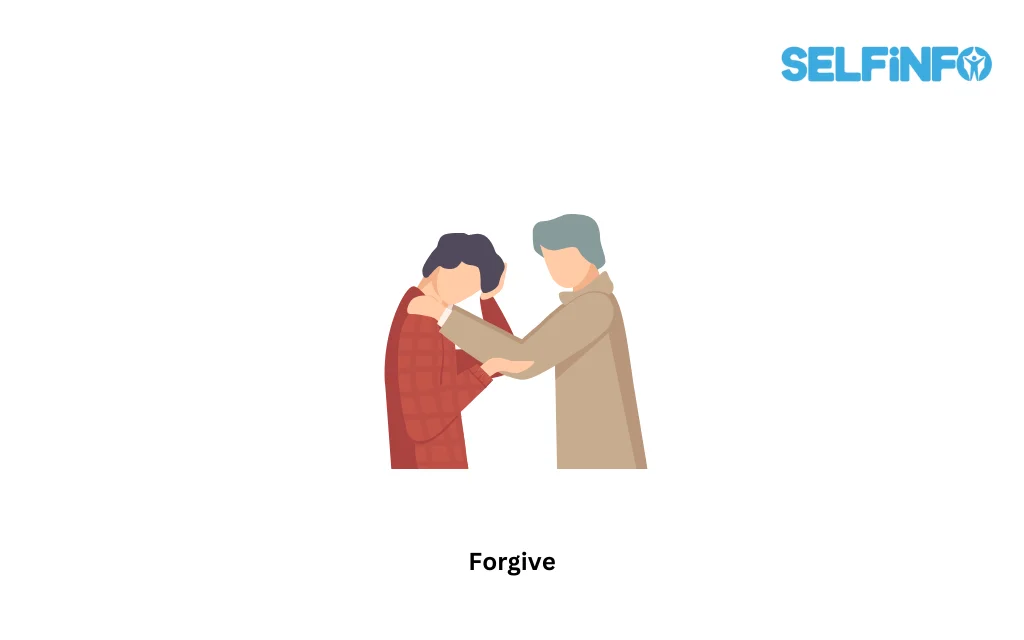
What if you took advantage of this quiet moment to release a past hurt, rage, hate, or shame? You are weighed down by the burdens you have been carrying for a long time. Your life will be easier and you will sleep better if you let them go.
Take a moment to think. Would you be able to forgive someone? Do you want to move on from a particular situation? Is self-forgiveness necessary?
Start by concentrating on the person or circumstance you wish to forgive or let go of if you are prepared to let go of this old hurt. What physical sensations come to mind when you think of it, or them? You feel it where?
Place your hand over the area of your body where the pain is located in order to release it. Imagine now that your hand’s heat is gradually causing the pain to melt away and seep into the earth underneath you. Release those old hurts as you exhale. Accept a fresh feeling of love and light when you inhale.
Keep going until you get a profound sense of peace and you start to slowly nod off to sleep.
Get Up
Lastly, if you are still having trouble falling asleep, think about getting up and engaging in a creative or relaxing activity.
You should not be working on a project, responding to emails, cleaning, or doing anything else that stresses you out right now. Now is the time to discover your identity and connect with your heart and spirit.
Relax
Drink some herbal tea. Read anything that makes you feel better. Solve a puzzle. Knit. Look up at the heavens. Track the moon’s journey across the sky. Simply take a seat and enjoy the silence. Take a warm shower to assist relax any stiff muscles, or try a few yoga poses if you find that they help you relax.
Create
Additionally, this is a fantastic time to write or draw in a diary. Here, using a paper and pen is more traditional. A personal device’s blue light may keep you up at night.
This time might also be used to produce poetry, music, sketches, or the novel you have always wanted to write—just avoid focusing on stressful projects. Enjoying the process of creating is the goal here, not evaluating or criticizing your output.
Another alternative is to write a letter of encouragement to someone who needs a helping hand or a letter of gratitude to someone who assisted you when you needed it. Or you could write yourself a letter of support and encouragement.
Reassess
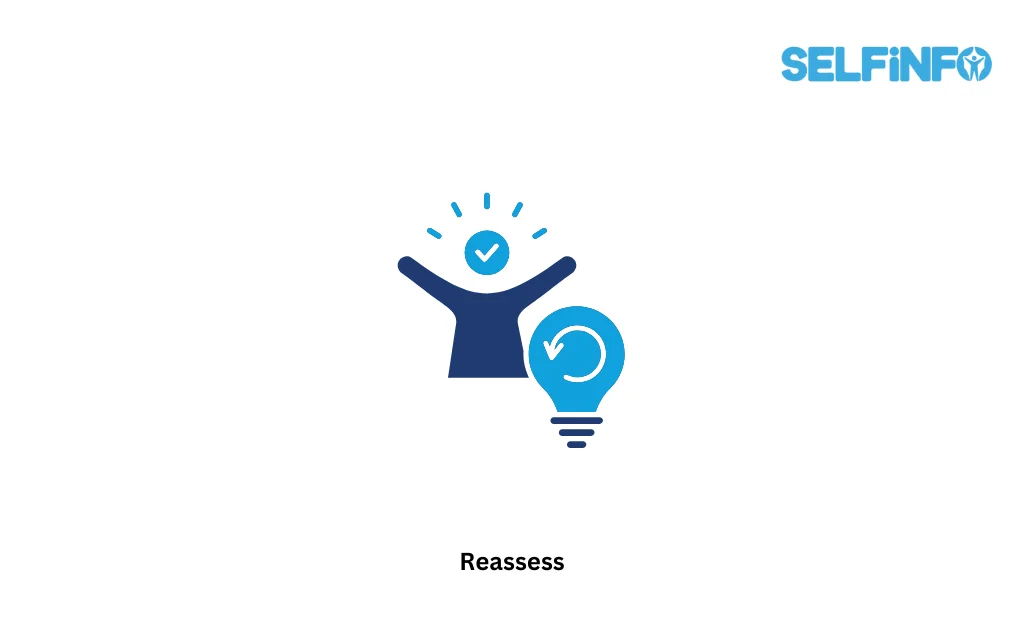
Twenty minutes later, check in with your body once more. How does it feel? Do your shoulders feel at ease? What about your stomach? Your jaw?
Try returning to bed if you are feeling emotionally and physically at ease. Wait another twenty minutes and check in again if you are still nervous. No matter how you feel at that moment, go back into bed for twenty minutes, knowing that it is okay to be awake and that you will ultimately drift off to a deep, peaceful slumber.
There is always a way to shine some light into the darkness, take good care of your heart and spirit, and love yourself no matter what keeps you up at night.
